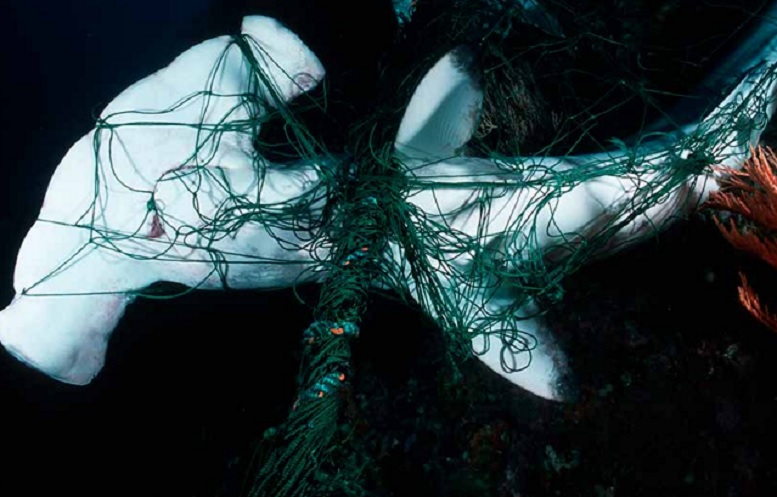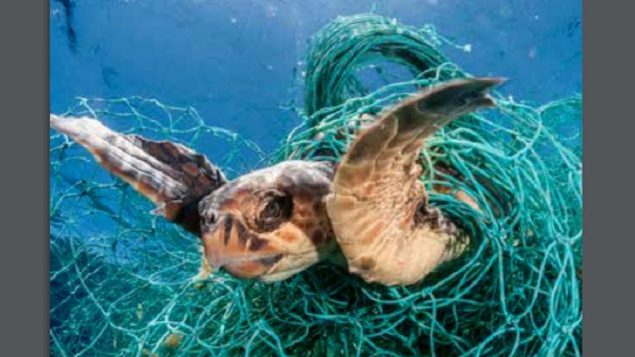Second annual report rates seafood companies for ghost gear
It’s known as “ghost gear” or abandoned, lost, or discarded fishing gear (ALDFG). These are nets, traps, lines, or hooks left floating in the ocean or any water body, and which continue silently and efficiently to hook, trap or entangle marine and aquatic life of all kinds.
While plastic nets, lines and other gear on land can degrade and break apart after years of exposure to the sun and UV rays, in the ocean where the rays are filtered out, the lines, nets, traps and so on can last for decades even centuries, and continue killing endlessly.
In 2015, World Animal Protection launched the Global Ghost Gear Initiative, (GGGI). It is dedicated to tackling the problem of ghost fishing gear on a global scale. Members include seafood and other fishing industry stakeholders, governments, NGO’s. Canada signed up last year to become the 13th country to join.
The second annual report by the World Animal Protection group (formerly World Society for the Protection of Animals) has just been released. Called “Ghosts Beneath the Waves”.
In this report the agency rates 25 leading seafood companies for their fishing practices relating to ghost gear. They are rated on a scale of 1-5 from best practices to not engaged.

Modern plastic equipment can last for up to centuries in the ocean and continue killing all that time (via World Animal Protection)
Of the 25, none are at Tier 1. Three companies have attained a rating of Tier 2: Thai Union, TriMarine and Bolton Group.
The report included three Canadian companies, High Liner, which moved from Tier 5 to Tier 4, while the other two Clearwater Seafoods and Cooke Aquaculture remained in the bottom categary
Sadly, nine of the 25 companies don’t even acknowledge ghost gear as an issue.
However legal fishing operations are one thing, but illegal, unregulated and unreported fishing is quite another. In 2015 the U.N. Food and Agriculture Organisation (FAO) said, ““There is a link between ALDFG and IUU fishing gear. Theprevalence of IUU fishing in an area can greatly increasethe amount of fishing gear that is abandoned at sea. Persons engaged in IUU fishing are more prone to discard fishing gear to evade capture or to be denied entry to port. Gear conflict, particularly between active and static gear, is a common cause of ALDFG” (FAO, 2015).
It notes that these illegal operations often cut loose gear to avoid prosecution, or sometimes overfish other areas and get entangled in already set gear causing one or more to be lost and become “ghost” killers flosting endlessly with currents as they continue to kill and maim.
The CCGI effort has developed a “Best Practice Framework” for managing fishing gear along with recommendations for both gear manufacturers to seafood companies.
additional information-sources







For reasons beyond our control, and for an undetermined period of time, our comment section is now closed. However, our social networks remain open to your contributions.